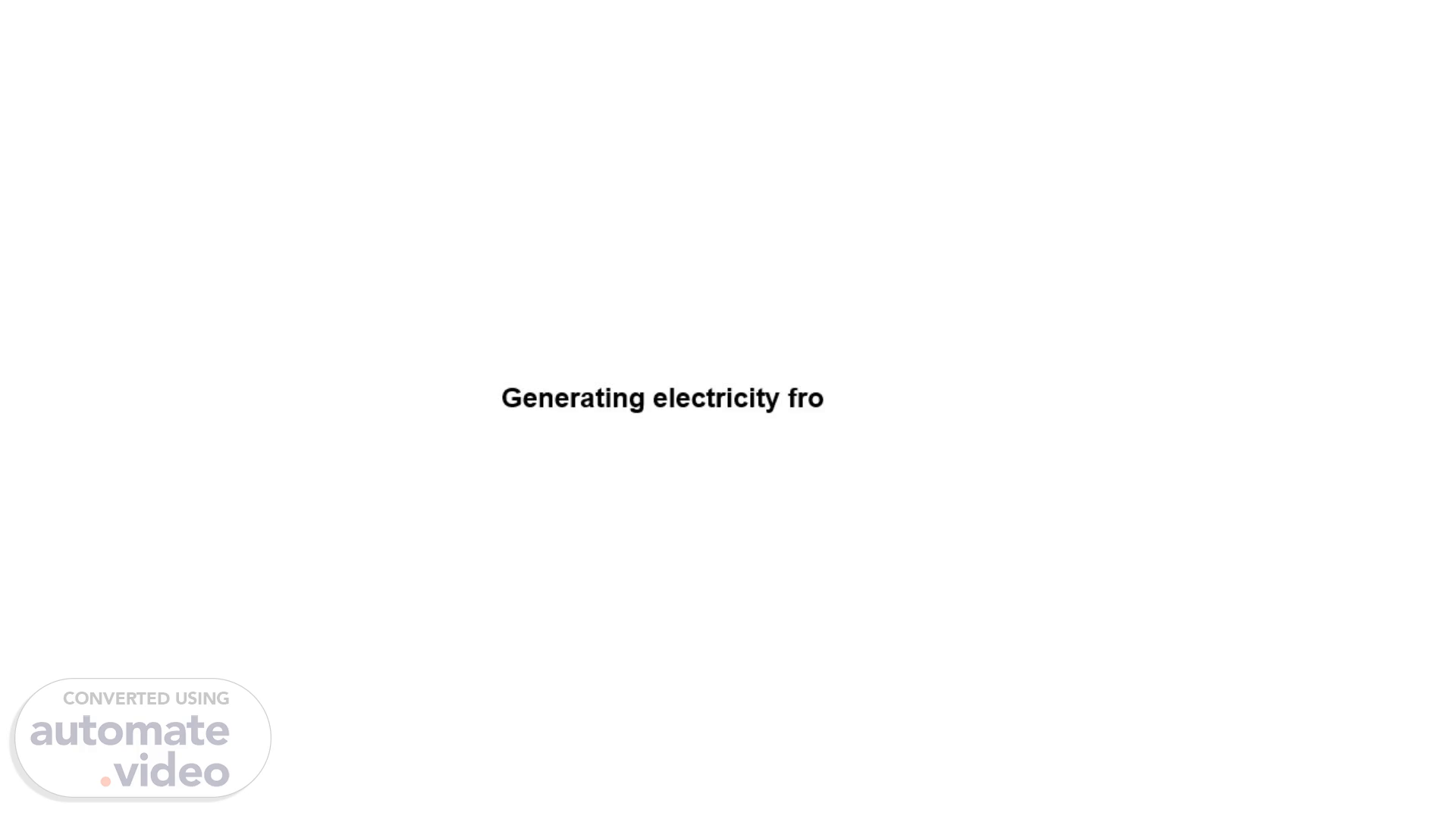
Page 1 (0s)
Generating electricity from lemons.
Page 2 (2m 30s)
Teacher: "Good morning, class! We're planning a really fascinating experiment for you today. We are going to investigate the production of power with lemons. Everyone ready? Yes, let’s start and learn about this exciting experiment.
Page 3 (2m 43s)
Teacher: "Great! Let's get started. For this experiment you will need: - Fresh lemons - Zinc nails (also known as galvanized nails) - Copper nails - Copper wires - A small LED bulb (available at electronics stores) - Knife (for adults) - A pair of gloves (optional, for handling the nails).
Page 4 (2m 58s)
Teacher: Let’s start. Each group will need to cut their lemons in half and insert zinc and copper nails. Remember to wear your gloves for safety.".
Page 5 (3m 9s)
Teacher: "Next, let's connect the wires and LED bulb to the lemons. Let’s see if we can generate electricity from lemons?“ *later in the experiment* the Led Bulb lights on.
Page 6 (3m 21s)
Teacher: Great job, You have made it!!!! You successfully generated electricity from lemons. This is really amazing!".
Page 7 (3m 30s)
Teacher: "Now, let’s mention the science behind this experiment and hear more about electrochemical cells and renewable energy sources?.
Page 8 (3m 40s)
Teacher: In this experiment, zinc and copper nails are used to create an electrochemical cell that shows how electricity may be produced from lemons. An LED bulb is lit by the electrical energy produced by the redox reaction between the metals and the lemon juice, which serves as an electrolyte. Through this exercise, students will learn about the chemistry of electrochemical cells, renewable energy sources, and the creation of electricity..
Page 9 (4m 1s)
Teacher: This experiment illustrates the idea of recycling and reusing materials, which is relevant to circular chemistry.In this experiment, organic and biodegradable materials—lemons—are used to create electricity instead of conventional batteries. ] Teacher: We are producing electricity in a sustainable manner by utilising lemons as the electrolyte in an electrochemical cell. This is in line with the ideas of circular chemistry, which minimises waste and makes use of renewable resources to create chemical processes that are sustainable and kind to the environment..
Page 10 (4m 24s)
Teacher: "Keep your curiosity alive and never stop discovering your surroundings. You will find out many new things through our videos about circular chemistry ".